Munich Residenz
The Munich Residenz served as the seat of government and residence of the Bavarian dukes, electors, and kings from 1508 to 1918. What began in 1385 as a castle at the northeastern corner of the city (the Neuveste, or new citadel) was transformed over the centuries into a magnificent palace, its buildings and gardens extending further and further every passing year. The architecture, interior decoration, and works of art collected in the Residenz span from the Renaissance to the early Baroque and Rococo periods to the neoclassical era.
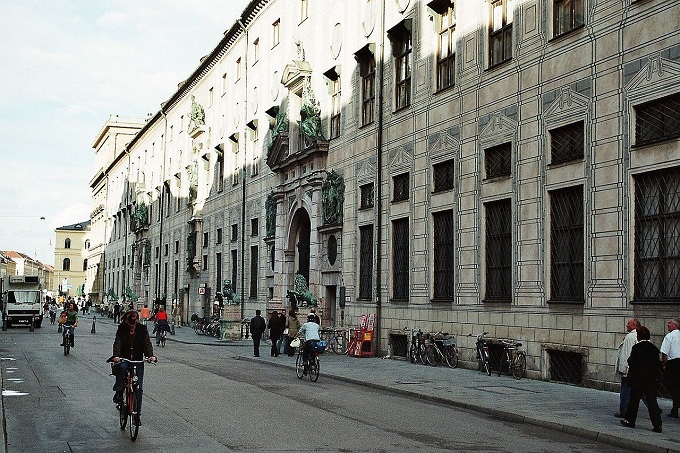
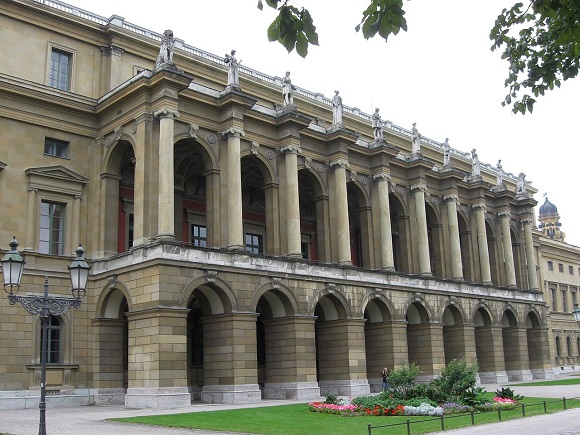
Every art treasure and fine architectural detail of the complex stand as witness to the elitist taste and political ambition of the Wittelsbach dynasty. Today The Residenz houses several museums (Residenz museum, Treasury, the Cuvilliés-Theater, and the Allerheiligen-Hofkirche) and a plethora of artifacts maintained by the Bavarian Administration of State-owned Palaces, Gardens, and Lakes among other state and private institutions.
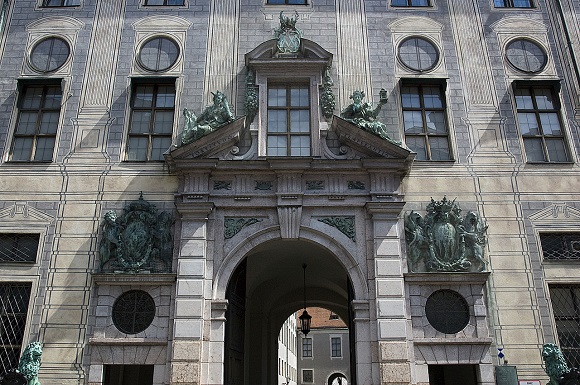
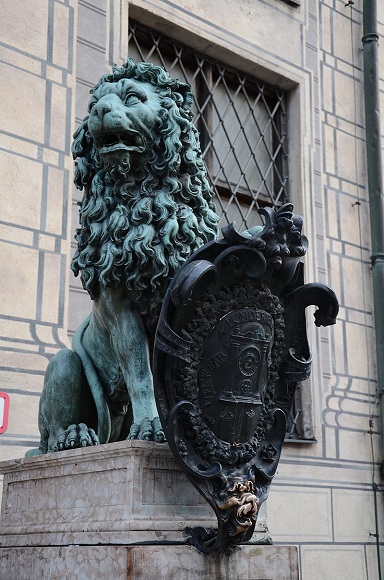
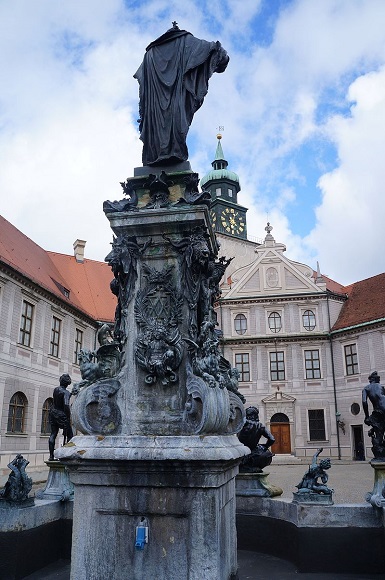
The complex as a whole is one of the largest museums in Germany. The apartments, ceremonial rooms, and chapels that once belonged to the rulers of Bavaria provide an exceptional opportunity to see how the Bavarian rulers lived in the past through a large number of rooms in a wide variety of architectural styles as an expression of their status.
Over the centuries the Wittelsbachs accumulated important collections of sculptures, porcelain, silverware, paintings, and miniatures. Visitors can see many of them along with a broad selection of outstanding individual works of art. The treasures range from the sculptures of classical antiquity to bronze sculptures of the sixteenth up to the nineteenth century. Magnificent tapestries and extensive collections of rare furniture and clocks, to candelabra and chandeliers of immeasurable value.
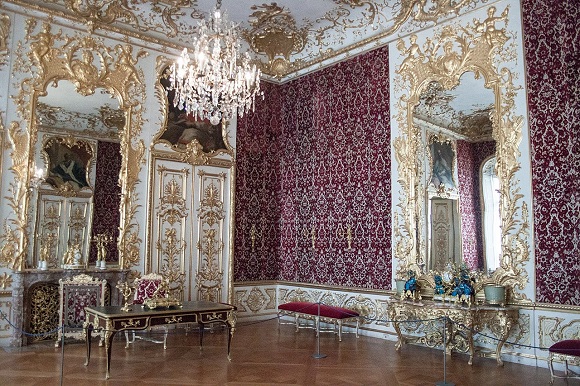
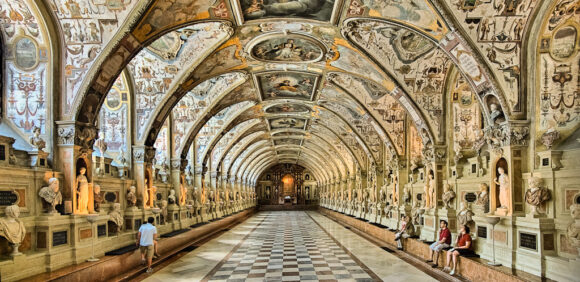
The Residenz museum, the Treasury, the Cuvilliés-Theater, the Allerheiligen-Hofkirche (Court Church of All Saints), the inner courts & the court garden (Hofgarten) create a vast array of precious historic elements, all densely packed in a single complex you’ll get to see. The enormous size of the complex and the overwhelming volume of the noteworthy elements will require a whole day or maybe two if you don’t want to rush them. Whatever your schedule you may need to structure the visit around a break for a coffee or a bite nearby.

